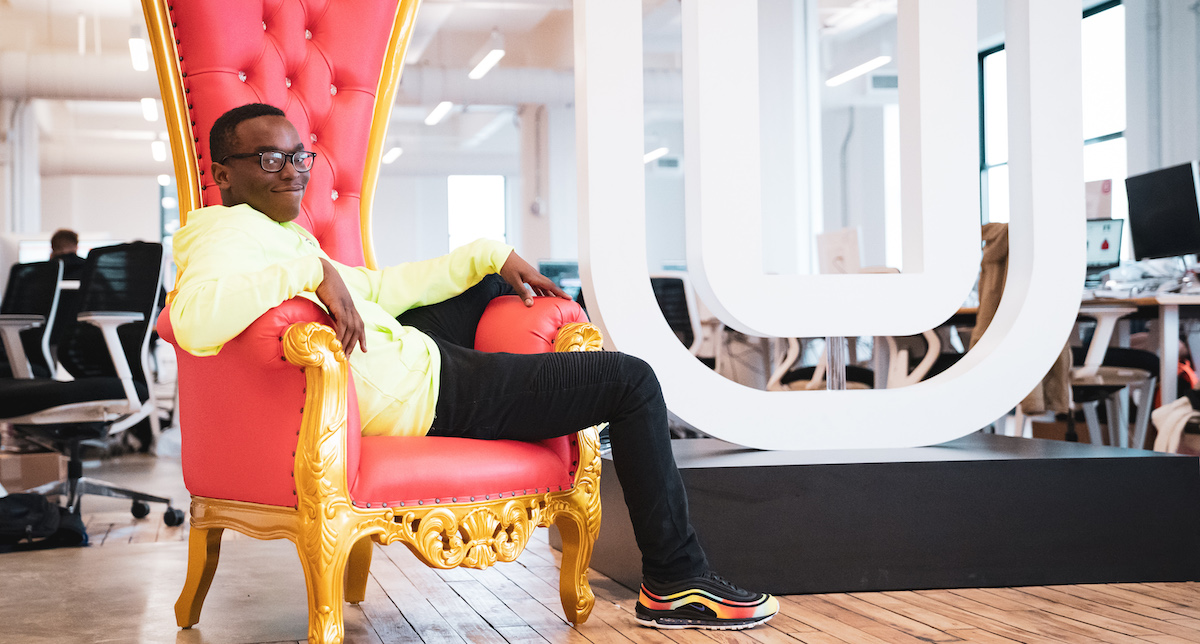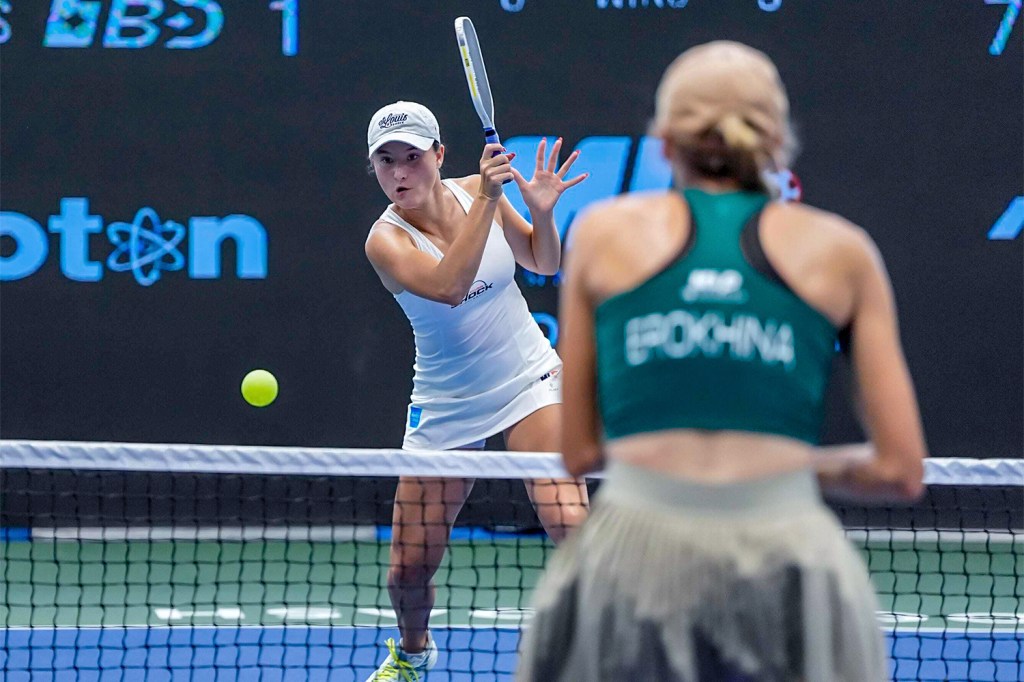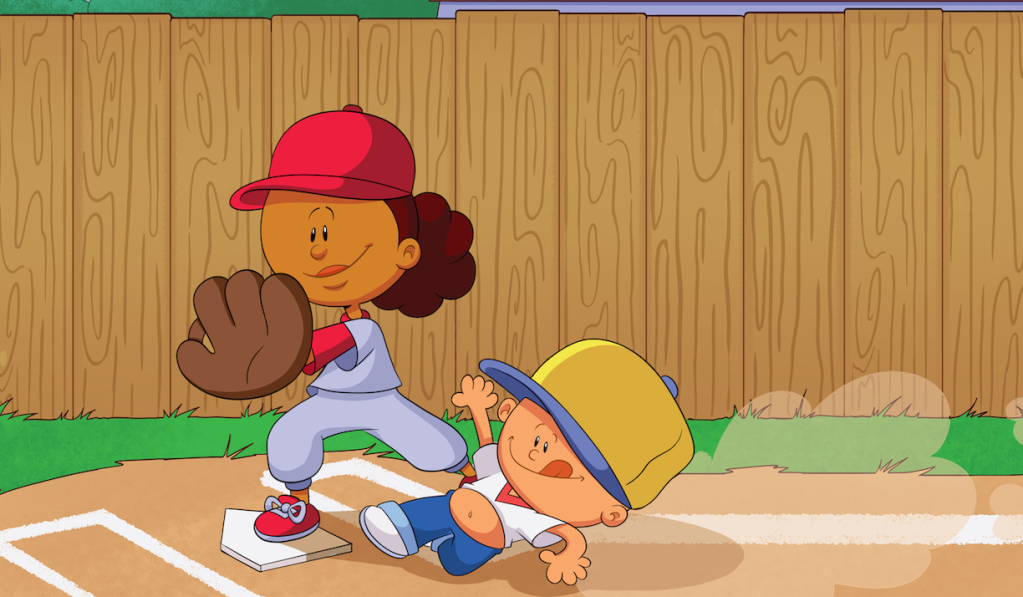
Overtime, the sports media network focused on grabbing Gen Z, is making a bigger play in esports.
The company recently hired Chris Toussaint as head of esports, a position which will allow the 20-year-old seasoned esports professional to lead both the media position of Overtime as well as the company’s Fortnite team. Toussaint has spent the past seven years in the industry, including the past two with Magic Gaming building its NBA 2K organization.
“If you look at how we’ve grown the Overtime business the past three years, it’s by taking one step after another to another vertical or sport,” Overtime CEO Dan Porter said. “We try to highlight all the things that make soccer, basketball, football, and gaming different, rather than treating it as a monolith.”
“Dig beneath the surface and see where the opportunities are. That’s what we’ve done the last year in gaming,” he said.
As Overtime starting exploring the esports space, Porter said the company searched for someone with expertise and connections in the industry and who knows what works for targeting a younger demographic; Porter believes Overtime found that person in Toussaint.
“I want to continue to tell awesome stories,” Toussaint said. “There was a lot of potential to come into Overtime and do some fun things. It makes perfect sense and after hearing Dan’s vision and culture, it was an instant fit.”
Part of what makes esports unique in terms of how the media covers the industry and the fact that in many ways the players are largely their own media, Porter said. He used Lebron James as an example and how the Los Angeles Laker doesn’t stream himself eight hours a day.
“In the gaming space, there’s less opportunity because so many people are telling their own stories already, so we looked at telling a larger story,” Porter said.
With that in mind, Overtime started its own team in Fortnite, which Porter said provides Overtime fans a way to cheer on a company they’ve come to love while also giving non-gaming Overtime fans a way into esports.
The idea of a media company owning a sports team isn’t new, said Ryan Rogers, associate professor at Butler University, who is also the academic lead for the school’s esports initiatives. Rogers recently released a new book he edited – with 30 contributing authors – Understanding Esports.
For example, the Chicago Tribune owned the Chicago Cubs and News Corp. owned the Los Angeles Dodgers. Rogers does believe it brings up ethical questions regarding journalistic standards but doesn’t think it will be an issue in the long run.
“I don’t know if that’s necessarily the expectation thrust upon YouTubers and streaming platforms that may or may not be aware of journalistic standards,” Rogers said. “It is, however, a very natural thing esports to have a media company own a team because there’s such an overlap in technology.”
Overtime brought Toussaint in to lead the efforts of both the competitive team and esports content in an industry where the lines can be blurry. Because Overtime is more than just esports content, Porter said the wider distribution network will help pull in a cross-section of viewers on the various channels. Overtime recently launched a new slate of football programming on Overtime SZN.
Porter recognizes that 80% of people who follow gaming also play sports in high school, so there isn’t a lack of crossover between viewers. Those viewers though – the two billion people born globally after 1995 – are largely missing from linear television. That’s where Porter said social media series such as the 20 long-form Overtime series on Instagram and four on Snapchat come into play.
Porter said the company will remain focused on mainstream games like Fortnite and sports games to keep a relatively mass appeal while avoiding games that take hundreds of hours to specialize in.
READ MORE: Why The Washington Post Chose To Cover Esports
The broad demand for esports content is certainly there, Rogers said, mentioning the recent expansion by the Washington Post into esports.
“Kids growing up from really the 80s on, they’ve been around video games in some form,” he said. “Now kids, since around 2000, they’ve been fully immersed in a digital ecosystem, truly digital natives that live in a digital world running in parallel to the analog world and I don’t think there’s a clear line in the sand that there is in older generations of this is online and this is real.
“Media outlets need to think about how they keep up with those changing perspectives and consumer habits.”

















